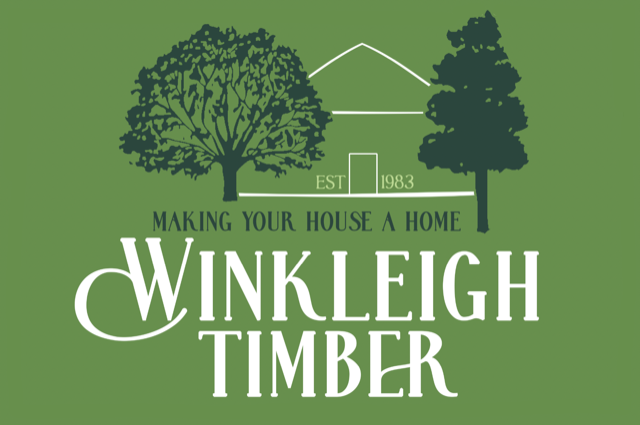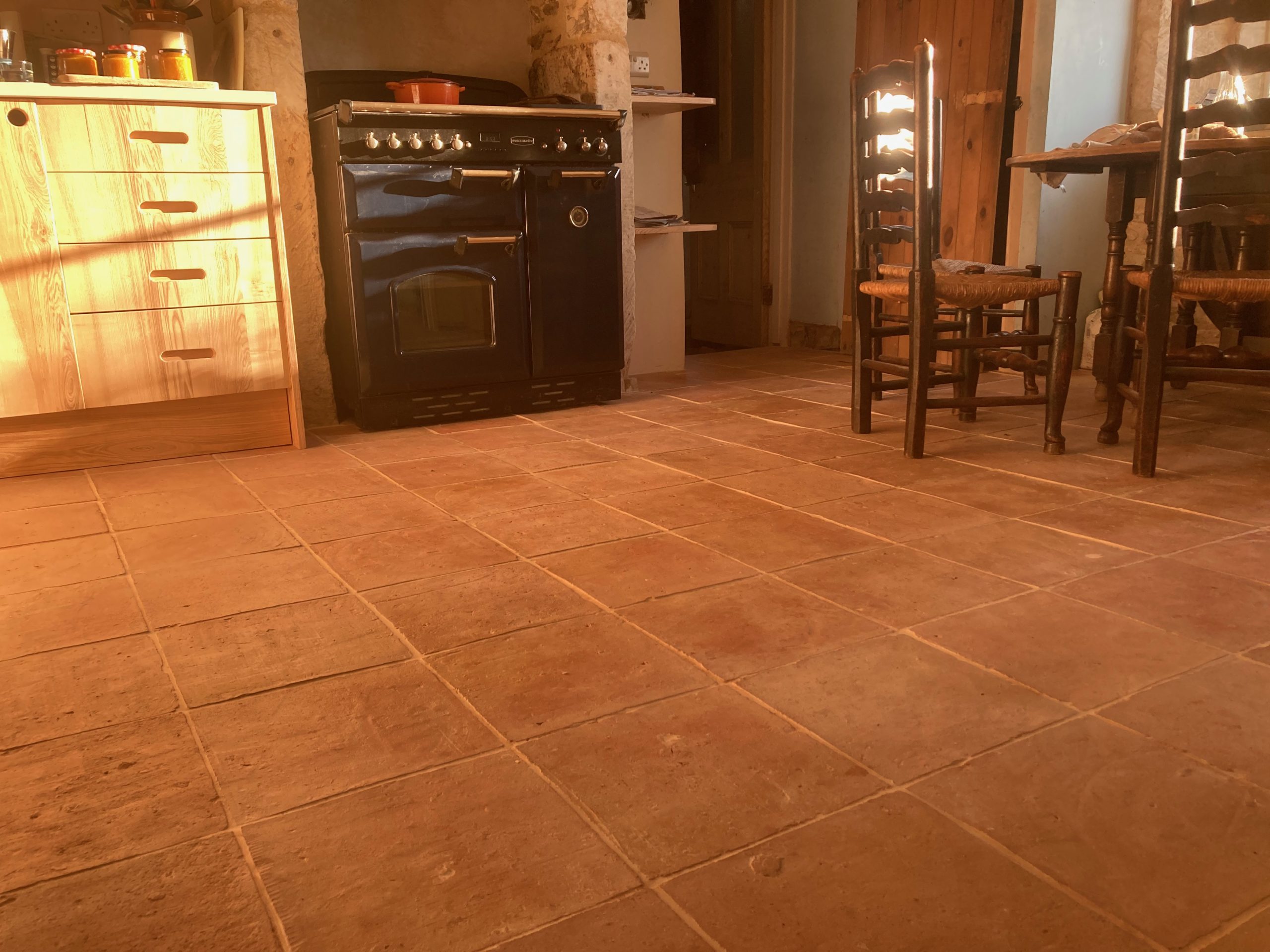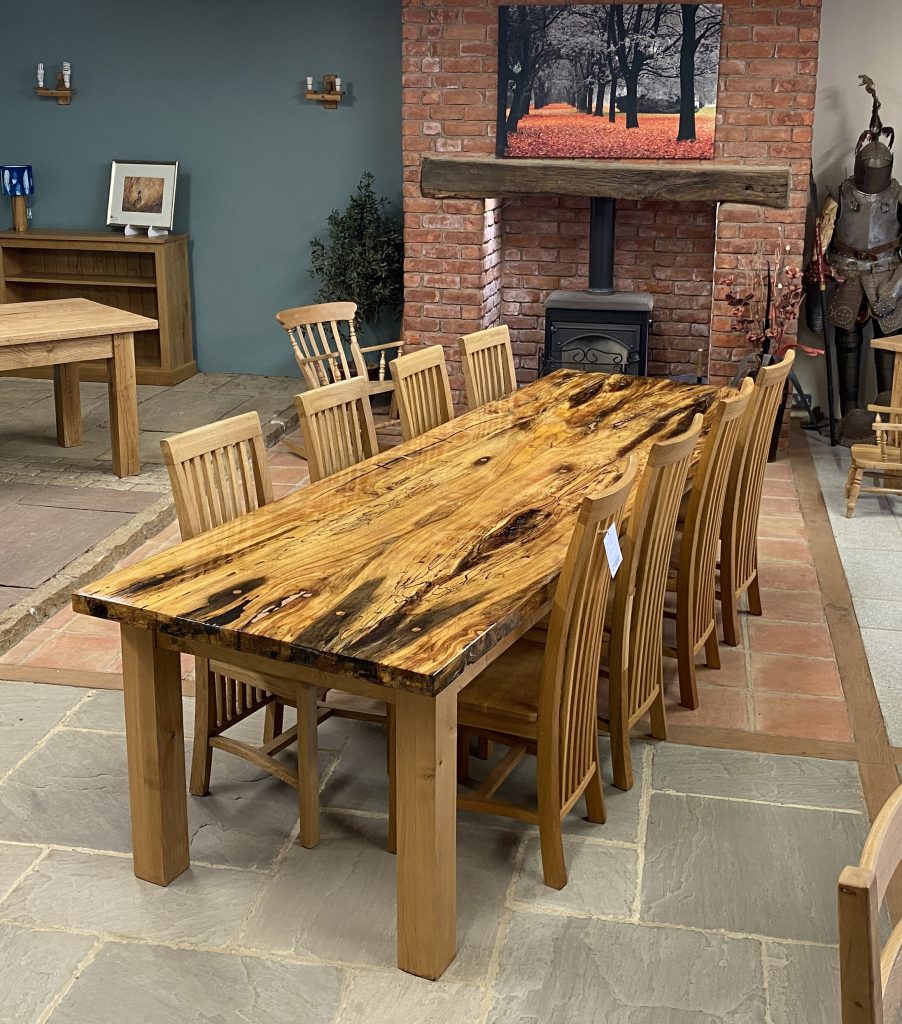Choosing the right-sized dining table for your home is a decision that affects both the functionality and aesthetic of your living space. A dining table is more than just a piece of furniture; it is where family meals, gatherings, and everyday activities happen.
To ensure you select the perfect table, several factors must be considered, such as the available space, the room’s layout, and the shape and style that best fits your needs. Here, we’ve put together a guide to help you find the ideal dining table size for your home.
Assess the Space Available
The first and most important factor in choosing the right-sized table is understanding the space you have available. Measure the room where you intend to place the table, taking note of any architectural features like windows, doors, and built-in furniture.
It’s vital to leave enough space around the table for comfortable movement. A good rule of thumb is to leave at least 36 inches (about 3 feet) between the table and the walls or other furniture. This allows enough room for people to walk around the table even when chairs are occupied.
Ensure Adequate Room for Movement
Beyond just fitting the dining table into the space, you also need to consider how people will move around it. For instance, if your dining room serves as a passageway to another room, you might need more clearance than usual.
Ideally, aim for 42-48 inches (3.5 to 4 feet) of space between the table and the walls or other pieces of furniture to allow for easy movement. This ensures that guests can comfortably get in and out of their seats without bumping into walls or other obstacles.
Consider Existing Furniture
Take inventory of the existing furniture in the room. If you have a sideboard, a china cabinet, or other large pieces, you need to factor these into your space planning. The table should be proportionate to the size of the room and its contents.
For smaller rooms with a lot of furniture, a compact table might be the best option, allowing you to maximise space without overcrowding the room.
Plan for New Furniture
If you plan to add more furniture to the room in the future, consider how this will affect the space. For instance, if you’re thinking about adding extra chairs, a bar cart, or shelving units, you’ll need to factor these additions into your layout. Planning for future changes ensures that the table you choose now will continue to fit well as your space evolves.
Choose the Right Shape
The shape of the dining table can significantly impact how well it fits into your space. Here are some common table shapes and their benefits:
- Rectangular Tables: These are the most traditional and versatile shape, fitting well in long, narrow rooms. They typically provide the most seating capacity, making them ideal for larger families or frequent hosts.
- Round Tables: Round tables are great for smaller spaces or kitchen diners. They allow for easy conversation and can be a safer option for homes with young children, as they lack sharp corners. However, they may not seat as many people as a rectangular table of the same size.
- Square Tables: Square tables work well in square rooms, providing a balanced look. They are perfect for small groups, but larger square tables can make it harder for everyone to reach the centre.
- Oval Tables: Oval tables offer a middle ground between rectangular and round tables, providing the length of a rectangular table with a softer, more rounded appearance. They are a great option for narrow spaces where you want to avoid the harsh lines of a rectangular table.
Choosing the right-sized dining table involves careful consideration of your room’s size, layout, and existing or future furniture. It’s not just about finding a table that fits physically but also one that complements your lifestyle and makes the most of your available space.
Another big factor is the size. For those looking for a big impressive table – we hear you! From small tables to large tables, we’re confident we can create what you’re looking for using some of our beautiful materials.
By taking the time to assess your needs and understand the different options available, you can select a table that not only serves as a functional piece of furniture but also enhances the overall aesthetic of your home.
When choosing a Winkleigh table, they are made bespoke and therefore be made to exact size requirement for you – even if it’s an inbetween size. Most High Street stores and furniture chains only offer set sizes but, at Winkleigh you decide.
You can browse our range of dining tables here.
FAQs
What size dining table do I need for a small room?
For smaller rooms, round tables are often the best choice because they take up less space and allow for easier movement around the room. A round table with a diameter of 36-48 inches can comfortably seat four people.
How much space should I leave around my dining table?
Ideally, leave at least 36 inches (3 feet) of space around the table for comfortable movement. If your dining room is also a passageway, 42-48 inches (3.5 to 4 feet) is recommended.
Can I fit a rectangular table in a small dining room?
Yes, but opt for a narrower table. A table that is 30 inches wide can work in a smaller dining room, especially if you opt for benches instead of chairs to save space.
How do I know if my dining table is the right height?
Standard dining tables are typically around 28-30 inches high. Pair it with chairs that have a seat height of 17-19 inches to ensure comfortable seating.


